- 2024年-03月-01日:白蛇传(56P)
- 2024年-02月-26日:逼上梁山(17P)
- 2024年-02月-24日:戴敦邦新绘《长恨歌》(51P)
- 2024年-02月-23日:四大名著画集(36P)
- 2024年-02月-23日:戴敦邦聊斋人物谱(113P)
- 2024年-02月-23日:彩绘金瓶梅(98P)
- 2024年-02月-23日:精绘红楼梦插图(50P)
- 2024年-02月-21日:图说唐诗宋词-戴敦邦(104P)
- 2024年-02月-19日:《长恨歌》戴敦邦彩绘-辽宁美术(47P)
- 2024年-02月-19日:《水浒人物壹佰零捌图》[戴敦邦.戴红杰][天津杨柳青版.1997(120P)
- 2024年-02月-19日:《戴敦邦新绘全本红楼梦》.上海古籍出版社(242P)
- 2024年-02月-19日:戴敦邦水浒人物谱(173P)
- 2024年-02月-19日:戴郭邦《封神演义》插图选(50P)
- 2024年-02月-19日:水浒传71回戴敦邦新绘108将(109P)
- 2024年-02月-19日:戴敦邦新绘水浒传(240P)
- 2024年-02月-19日:《红楼梦群芳图谱》(69P)
- 2023年-11月-08日:齐民要术(94P)
- 2023年-10月-30日:历代艳体诗歌精华(728P)
- 2023年-10月-28日:青楼韵语(152P)
- 2023年-10月-28日:性爱大师(417P)
- 2023年-09月-27日:图解金刚经(308P)
- 2023年-09月-20日:《楚辭圖注》十卷【明】(133P)
- 2023年-09月-01日:离骚草木疏.四卷.宋吴仁杰撰.汲古阁.毛氏图史子孙永保之精钞本(52P)
- 2023年-09月-01日:诗经名物图解.10贴.細井徇撰绘.弘化4年自序(486P)
- 2023年-09月-01日:孫子合契(45P)
- 2023年-09月-01日:孙莘老求墨妙亭诗.蘇軾撰.石斎書(12P)
- 2023年-06月-20日:孙子兵法(珍藏版)(205P)
- 2023年-06月-15日:拍案惊奇二集.书前版画(20P)
- 2023年-06月-15日:喻世明言.书前版画(27P)
- 2023年-06月-15日:历代情诗三百首(471P)
- 2023年-06月-14日:醒世恒言.书前版画(40P)
- 2023年-06月-08日:十四行诗·莎士比亚全集40(234P)
- 2023年-06月-08日:露克利斯·莎士比亚全集39(178P)
- 2023年-06月-08日:维诺斯与阿都尼斯·莎士比亚全集38(204P)
- 2023年-06月-08日:波里克利斯·莎士比亚全集37(201P)
- 2023年-06月-08日:辛伯林·莎士比亚全集36(283P)
- 2023年-06月-08日:安东尼与克利欧佩特拉`莎士比亚全集35(281P)
- 2023年-06月-04日:希腊爱经(242P)
- 2023年-06月-04日:奥赛罗·莎士比亚全集34(266P)
- 2023年-06月-04日:李尔王·莎士比亚全集33(266P)
- 2023年-06月-04日:哈姆雷特·莎士比亚全集32(309P)
- 2023年-06月-04日:马克白·莎士比亚全集31(191P)
- 2023年-06月-02日:三才图会之31(432P)
- 2023年-06月-02日:三才图会之30(370P)
- 2023年-06月-02日:朱利阿斯·西撒·莎士比亚全集30(203P)
- 2023年-06月-02日:雅典的泰蒙·莎士比亚全集29(205P)
- 2023年-06月-02日:罗密欧与朱丽叶·莎士比亚全集28(249P)
- 2023年-06月-02日:泰特斯·安庄尼克斯·莎士比亚全集27(203P)
- 2023年-06月-01日:三才图会之29(394P)
- 2023年-06月-01日:三才图会之28(312P)
- 2023年-06月-01日:三才图会之27(306P)
- 2023年-06月-01日:三才图会之26(292P)
- 2023年-05月-28日:三才图会之25(274P)
- 2023年-05月-28日:三才图会之24(242P)
- 2023年-05月-28日:三才图会之23(386P)
- 2023年-05月-28日:三才图会之22(418P)
- 2023年-05月-28日:考利欧雷诺斯·莎士比亚全集26(292P)
- 2023年-05月-28日:脱爱勒斯与克莱西达·莎士比亚全集25(275P)
- 2023年-05月-28日:亨利八世·莎士比亚全集24(261P)
- 2023年-05月-28日:利查三世·莎士比亚全集23(294P)
- 2023年-05月-26日:亨利六世 下·莎士比亚全集22(237P)
- 2023年-05月-26日:亨利六世 中·莎士比亚全集21(247P)
- 2023年-05月-26日:亨利六世 上·莎士比亚全集20(228P)
- 2023年-05月-26日:亨利五世·莎士比亚全集19(249P)
- 2023年-05月-26日:亨利四世 下·莎士比亚全集18(257P)
- 2023年-05月-26日:亨利四世 上·莎士比亚全集17(243P)
- 2023年-05月-24日:三才图会之21(334P)
- 2023年-05月-24日:三才图会之20(430P)
- 2023年-05月-24日:三才图会之19(322P)
- 2023年-05月-22日:语丝·1927年第152、153、154、155期(88P)
- 2023年-05月-19日:利查二世·莎士比亚全集16(227P)
- 2023年-05月-19日:约翰王·莎士比亚全集15(204P)
- 2023年-05月-19日:冬天的故事·莎士比亚全集14(244P)
- 2023年-05月-19日:第十二夜·莎士比亚全集13(214P)
- 2023年-05月-19日:三才图会之18(286P)
- 2023年-05月-19日:三才图会之17(356P)
- 2023年-05月-19日:三才图会之16(296P)
- 2023年-05月-19日:三才图会之15(448P)
- 2023年-05月-16日:皆大欢喜·莎士比亚全集12(231P)
- 2023年-05月-16日:驯悍妇·莎士比亚全集11(215P)
- 2023年-05月-16日:如愿·莎士比亚全集10(210P)
- 2023年-05月-16日:威尼斯商人·莎士比亚全集9(199P)
- 2023年-05月-15日:三才图会之14(392P)
- 2023年-05月-15日:三才图会之13(426P)
- 2023年-05月-15日:三才图会之12(346P)
- 2023年-05月-15日:三才图会之11(490P)
- 2023年-05月-11日:仲夏夜梦·莎士比亚全集8(198P)
- 2023年-05月-11日:空爱一场·莎士比亚全集7(236P)
- 2023年-05月-11日:无事自扰·莎士比亚全集6(211P)
- 2023年-05月-09日:错中错·莎士比亚全集5(159P)
- 2023年-05月-05日:恶有恶报·莎士比亚全集4(219P)
- 2023年-05月-05日:温莎的风流妇人·莎士比亚全集3(219P)
- 2023年-05月-05日:维洛那二绅士·莎士比亚全集2(184P)
- 2023年-05月-05日:暴风雨·莎士比亚全集1(161P)
- 2023年-05月-05日:六「情感西门」·民众版金瓶梅(72P)
- 2023年-05月-05日:五「隔墙密约」·民众版金瓶梅(69P)
- 2023年-05月-05日:四「金莲受辱」·民众版金瓶梅(70P)
- 2023年-05月-05日:一「帘下勾情」·民众版金瓶梅(68P)
- 2023年-05月-05日:旧馆重游·图解金瓶梅之十(104P)
- 2023年-05月-05日:人去楼空·图解金瓶梅之九(104P)
《离骚草木疏》是2004年北京图书馆出版社出版的图书,作者是[宋]吴仁杰。
此书为吴仁杰为二十五篇《离骚》作疏。吴仁杰,字斗南。曾任国子学录。此疏多以山海经为据,征引宏富,考辩典核,可补王逸训诂《离骚》不足之处。
宋庆元六年罗田县庠刻本
宋吴仁杰撰。仁杰有《古周易》,已著录。是编末有仁杰庆元丁巳自序,谓梁刘杳有《草木疏》二卷,见於本传。其书已亡。杳疏凡王逸所集者皆在焉,仁杰独取二十五篇疏之。其大旨谓《离骚》之文,多本《山海经》,故书中引用,每以《山海经》为断。若辨“夕揽洲之宿莽”句,引《朝歌》之“山有莽草焉”为据,驳王逸旧注之非。其说甚辨。然骚人寄兴,义不一端。琼枝、若木之属,固有寓言;澧兰、沅芷之类,亦多即目。必举其随时抒望,触物兴怀,悉引之於大荒之外,使灵均所赋,悉出伯益所书,是泽畔行吟,主於侈其博赡,非以写其哀怨,是亦好奇之过矣。以其徵引宏富,考辨典核,实能补王逸训诂所未及。以视陆玑之疏《毛诗》、罗愿之翼《尔雅》,可以方轨并驾,争骛后先,故博物者恒资焉。迹其赅洽,固亦考证之林也。此本为影宋旧钞,末有庆元庚申方灿跋。又有校正姓氏三行。盖仁杰官国子学录时,属灿刊於罗田者。旧版散佚,流传颇罕。写本仅存,亦可谓艺林之珍笈矣。
四卷(浙江范懋柱家天一阁藏本)
明屠本畯撰。本畯有《闽中海错疏》,已著录。是书以宋吴仁杰《离骚草木疏》多有未备,特於“香草”类增入麻、秬、黍、薇、藻、稻、粢、麦、梁八种,於“嘉木”类增入枫、梧二种。其馀於仁杰疏多所删汰。自谓明简过之,而实则反失之疏略。又每类冠以《离骚》本文及王逸《注》,拟於诗之《小序》,亦无关宏旨,徒事更张。至仁杰谓宿莽非卷葹,斥王逸《注》及郭璞《尔雅注》之误。本畯是书,引罗愿《尔雅翼》以明之。不知其引《南越志》“宁乡草名卷葹,江淮间谓之宿莽”者,正主郭之说。不免自相剌谬,尤失於考证矣。
Li Sao Cao Mu Shu “is a book published by Beijing Library Press in 2004, authored by Wu Renjie of the Song Dynasty.
This book is a commentary by Wu Renjie on 25 chapters of ‘Li Sao’. Wu Renjie, also known as Dounan. Formerly served as a student record of Guozi. This commentary is mostly based on the Shan Hai Jing, citing Hongfu and verifying the argumentation code, which can supplement the shortcomings of Wang Yi’s exegesis of “Li Sao”.
Song Qingyuan 6th year Luotian County Xiang engraved edition
Written by Renjie of Song and Wu. Renjie has the “Ancient Book of Changes”, which has been recorded. At the end of the compilation, there is a preface by Renjie Qingyuan Dingsi, which states that Liang and Liu Yaoyou have two volumes of ‘Grass and Wood Shuo’, which can be found in this biography. His book is dead. Where are all the collections of Wang Yi in the imperial examination? Renjie alone collected 25 articles. Its main purpose is the text of “Li Sao”, with multiple copies of “The Classic of Mountains and Seas”. Therefore, in the book, the “Classic of Mountains and Seas” is used as a reference. If we discern the sentence “Xi Lan Zhou Su Mang” and cite the “Mountain with Mang Cao Yan” in the “Chao Ge” as the basis, refute Wang Yi’s old annotations. His statement is very discerning. Although the poet expresses his interest, righteousness does not end. The genus of Qiongzhi and Ruowu is an inherent fable; Lilan, Yuanzhi, and other similar plants are also commonly seen. It is necessary to express one’s expectations at any time, touch upon things and arouse one’s emotions, and understand that it is beyond the great wilderness, bestowed by the spiritual capital, and written by Bo Yi. It is a wandering chant by the banks of the river, and the main purpose is to waste one’s abundant support, not to write about one’s sorrows, but also to be curious. By citing great wealth and examining the core of the classics, it can indeed supplement what Wang Yixun did not achieve. By observing Lu Jizhi’s sparse “Mao Shi” and Luo Yuanzhi’s wing “Er Ya”, we can keep abreast of each other’s tracks and strive for excellence. Therefore, those who possess natural resources are highly valued. The trace is comprehensive and consistent, and it is also a forest of textual research. This was originally an old banknote from the Shadow Song Dynasty, but at the end there was a Qingyuan Gengshen Fang Canba. There are three lines for correcting surnames. When Gai Renjie was recording his official studies, he belonged to the category of Can published in Luotian. The old version has been scattered and lost, and it is rarely circulated. The only surviving manuscript can be considered a precious collection of art.
Four Volumes (Zhejiang Fan Maozhu Family Tianyi Pavilion Collection)
Written by Ming Tu Benxi. There is a book titled ‘Misinterpretation of the Central Fujian Sea’ in this section, which has been recorded. The book “Li Sao Cao Mu Shu” by Wu Renjie of Song Dynasty has many unprepared works, specifically adding eight types of herbs to the “vanilla” category, including hemp, millet, millet, wei, algae, rice, wheat, and Liang, and two types of maple and wu to the “Jiamu” category. The rest were deleted by Renjie Shuduo. It is said that it is too simplistic in nature, but in reality, it is actually lacking in simplicity. Each category is also titled “Li Sao” in this article and Wang Yi’s “Annotations”, which are intended to be included in the “Preface” of the poem. They are also irrelevant and require a change of focus. Zhiren Jie referred to Su Mang as not a scroll writer, criticizing Wang Yi’s “Annotations” and Guo Pu’s “Erya Annotations” for their errors. This is a book, citing Luo’s wish to clarify it in the “Er Ya Yi”. I don’t know if it refers to the “Ningxiang Grass Name Volume” in the “Annals of Nanyue”, which refers to the “Su Mang” in the Jianghuai region. It is said by the main official Guo Zhi. It is inevitable to contradict each other, especially in terms of textual research.



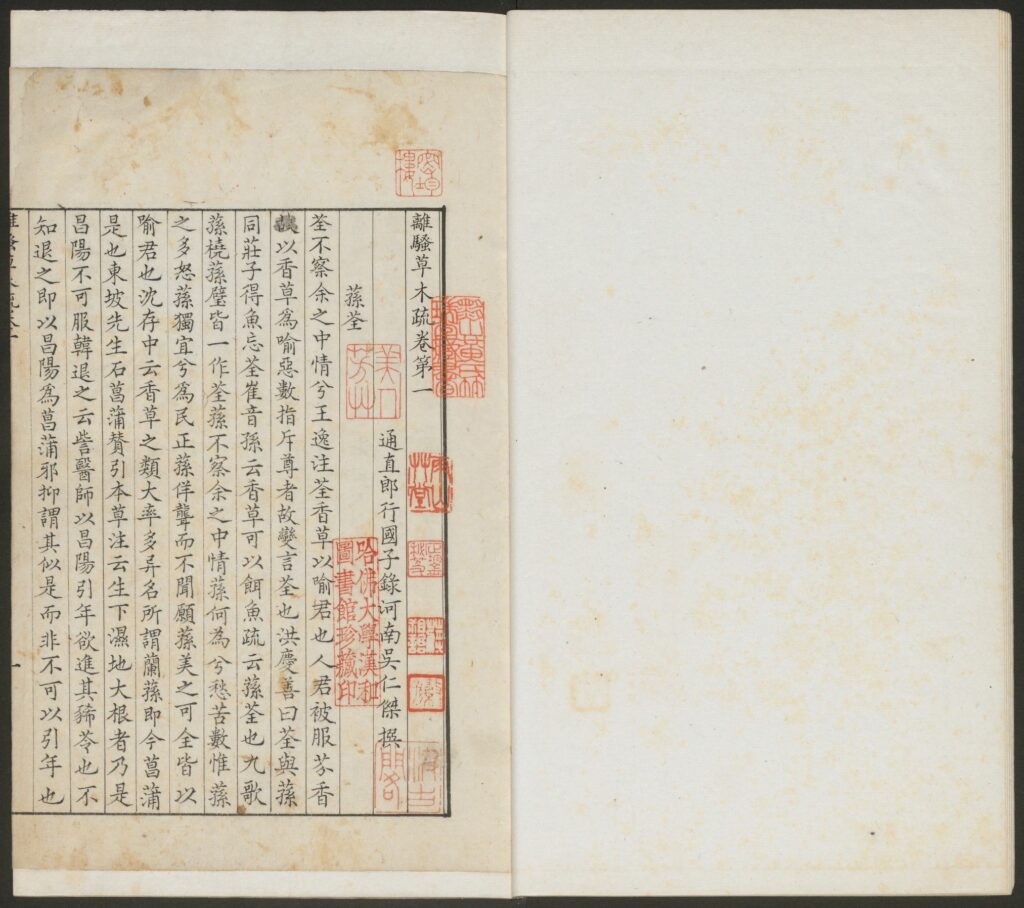
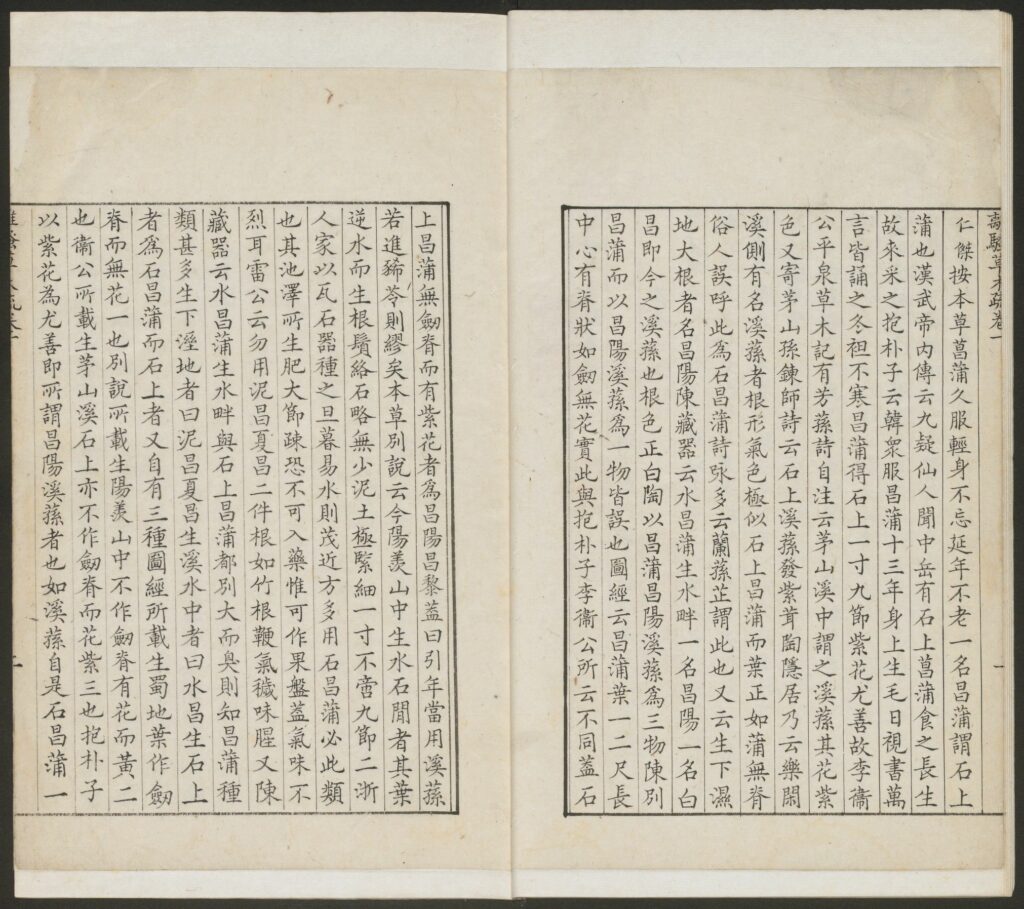
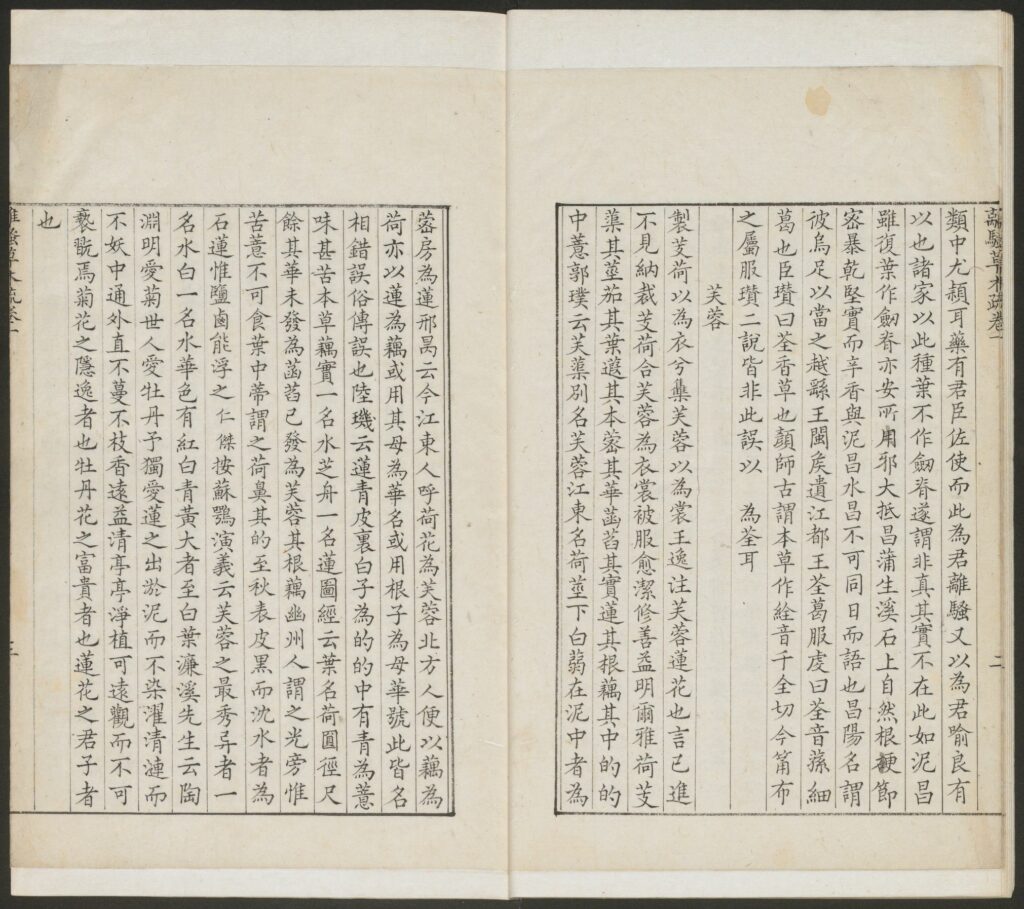


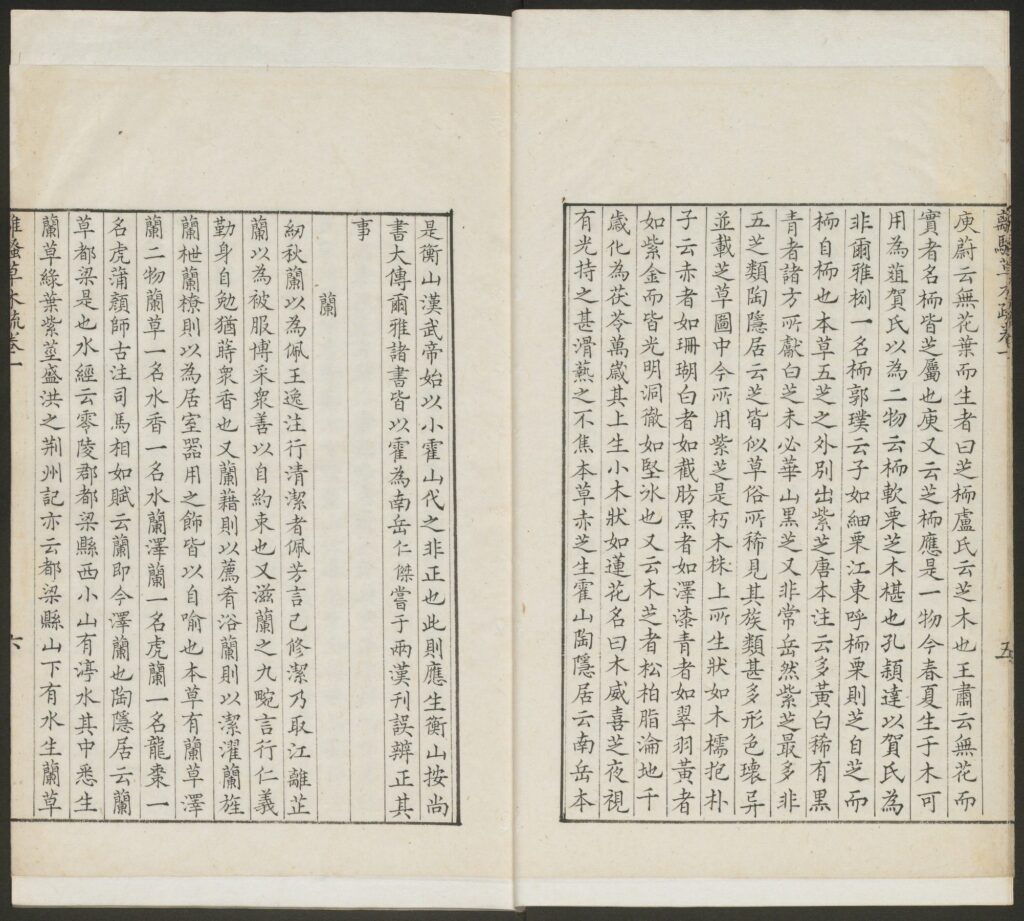
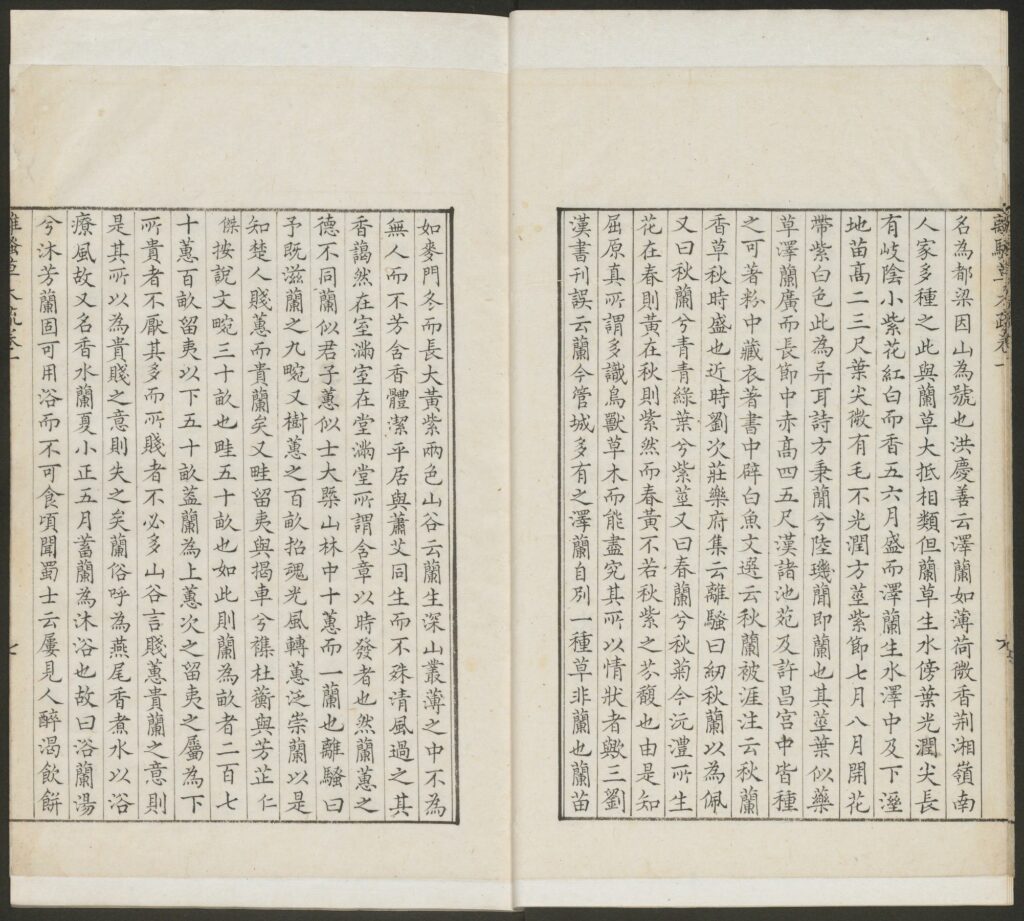
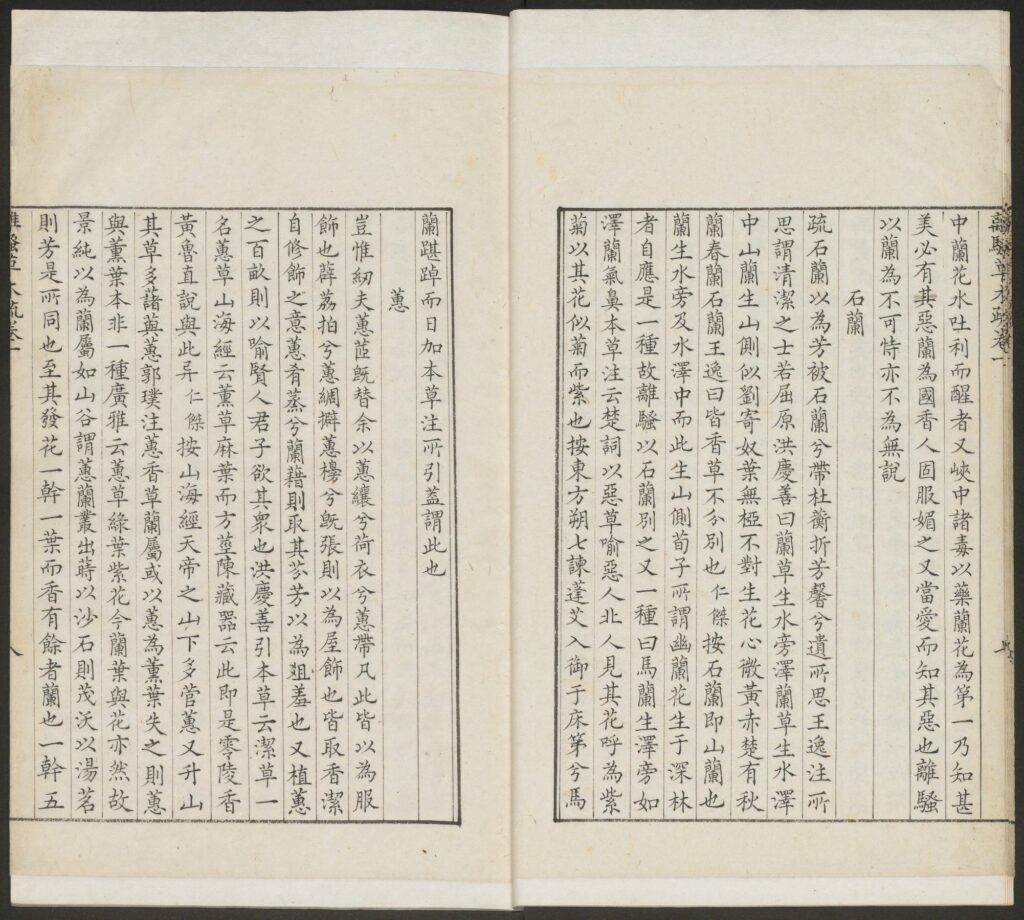

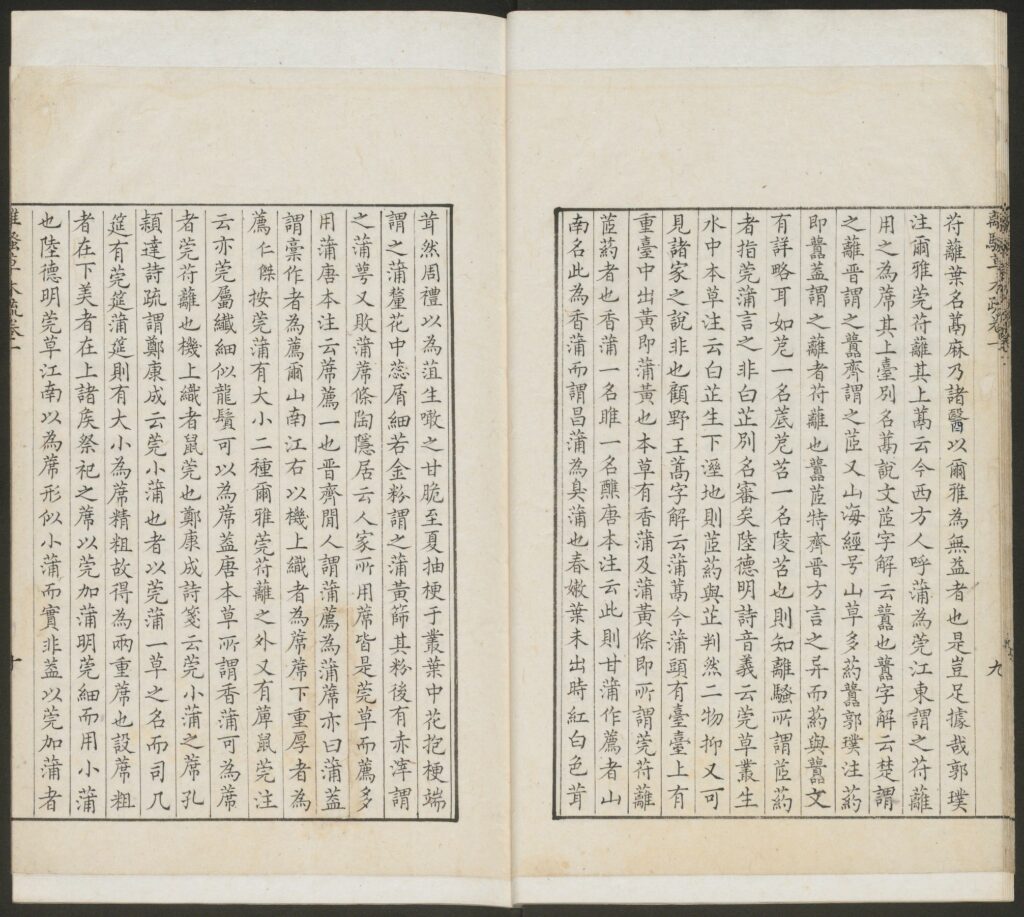
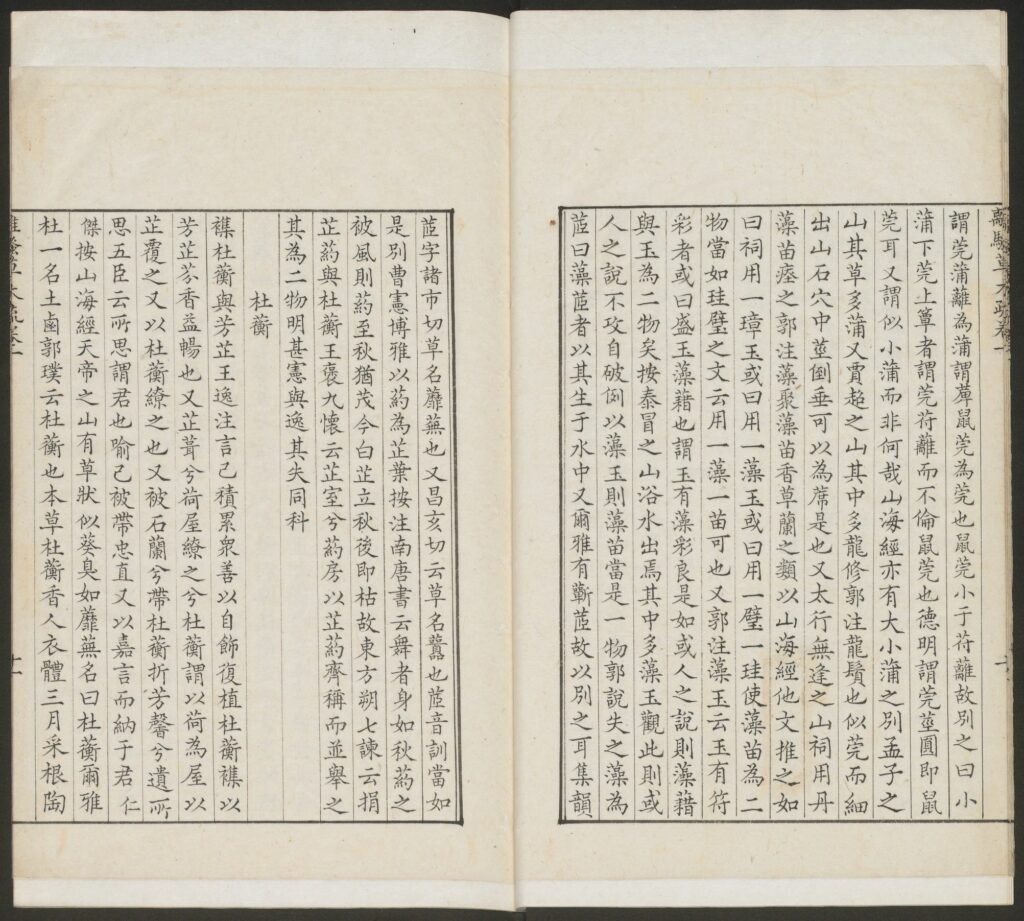


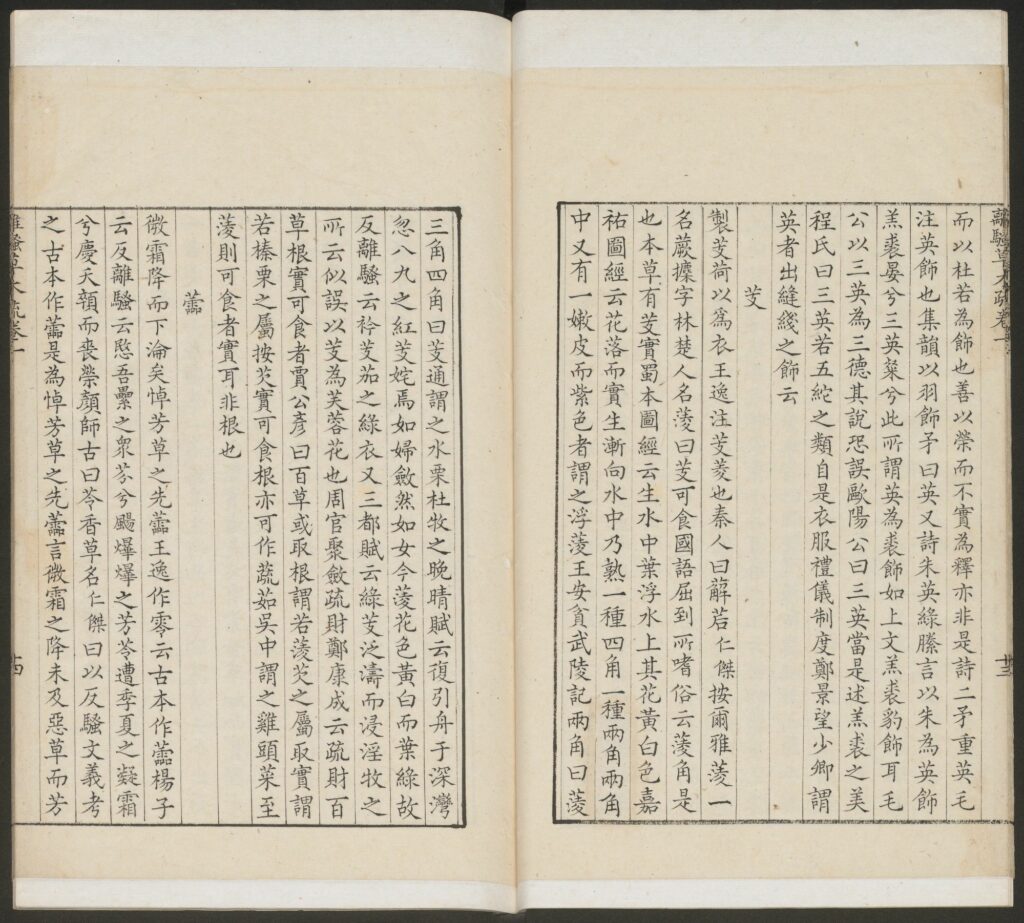
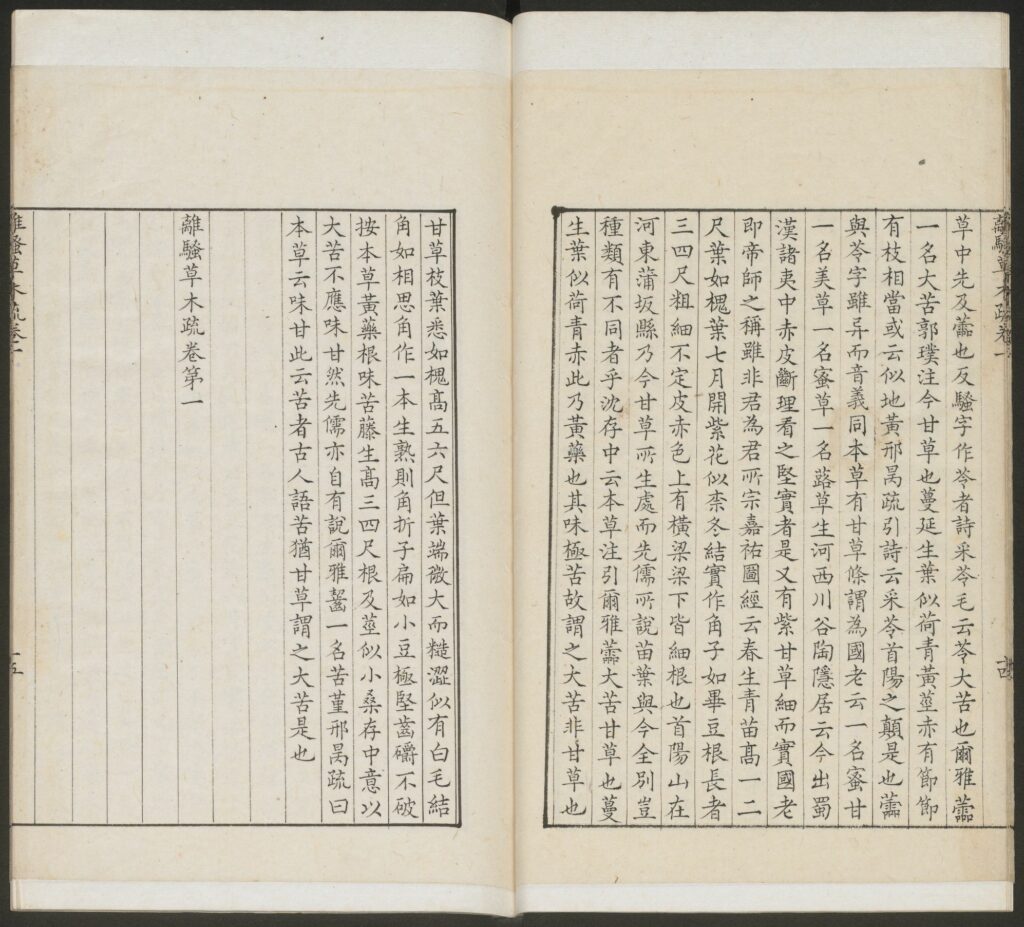

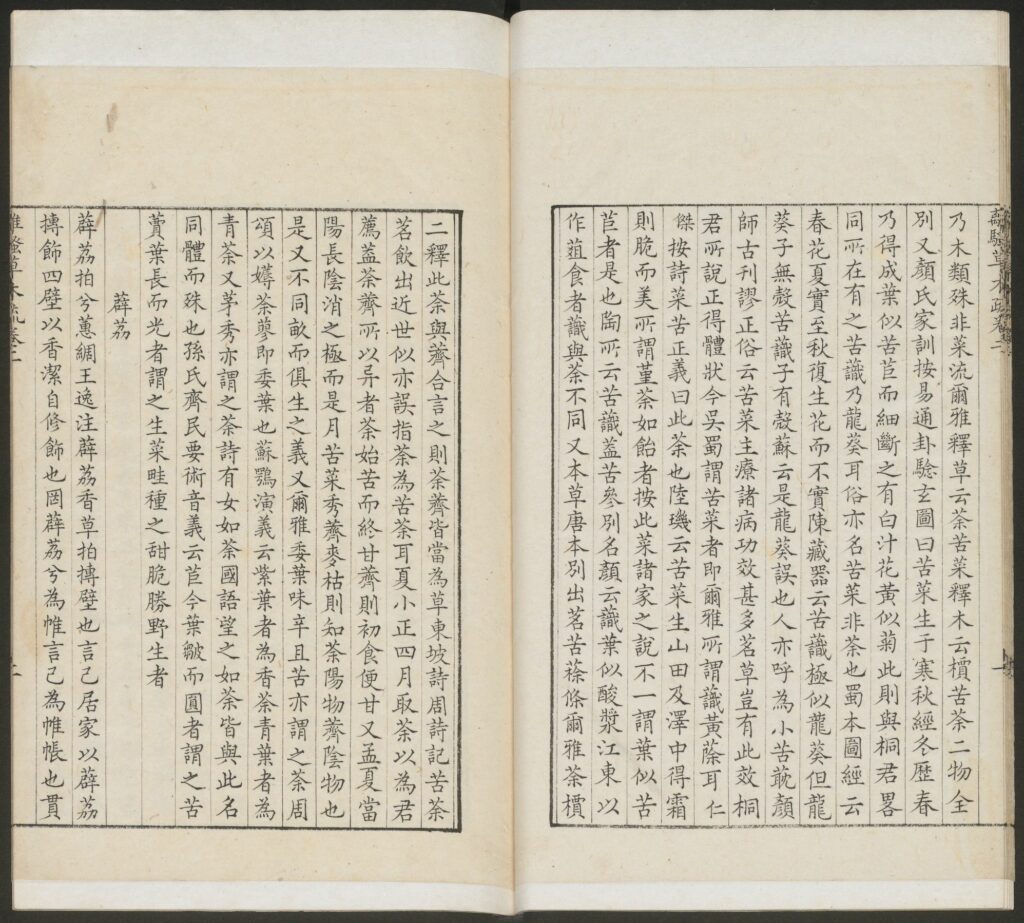
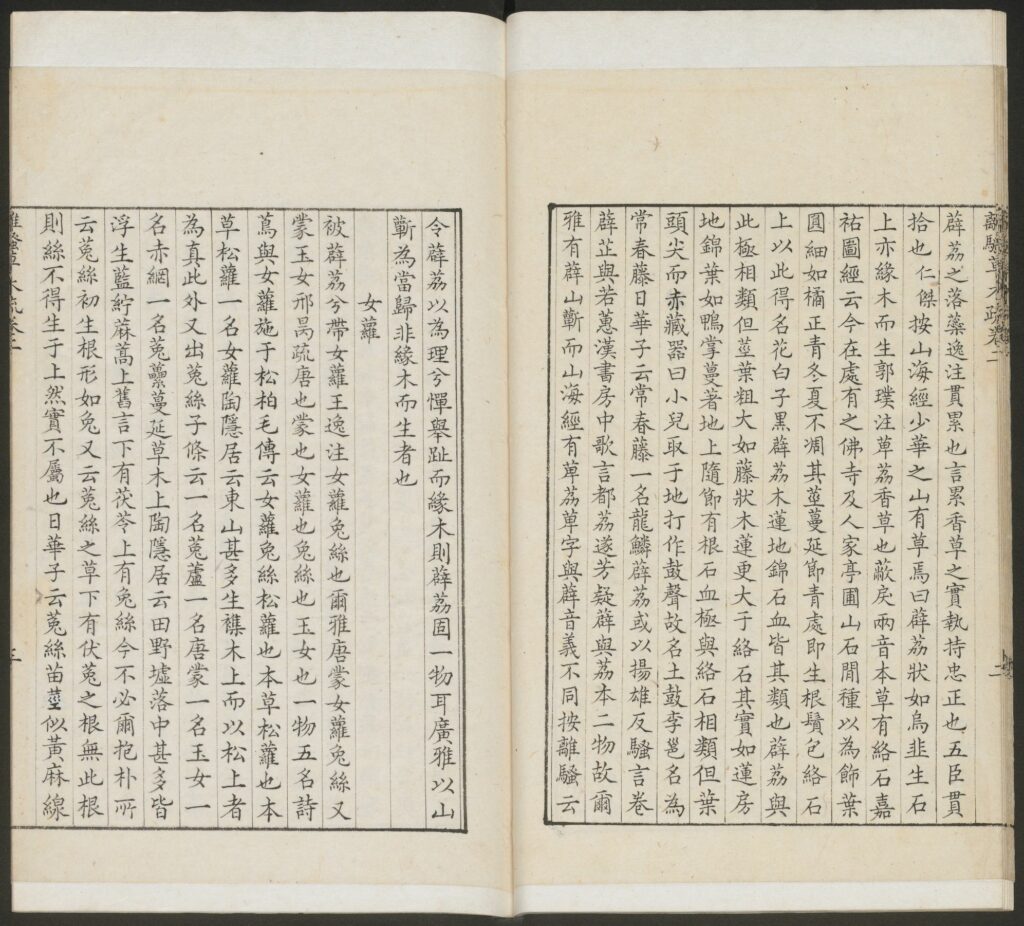
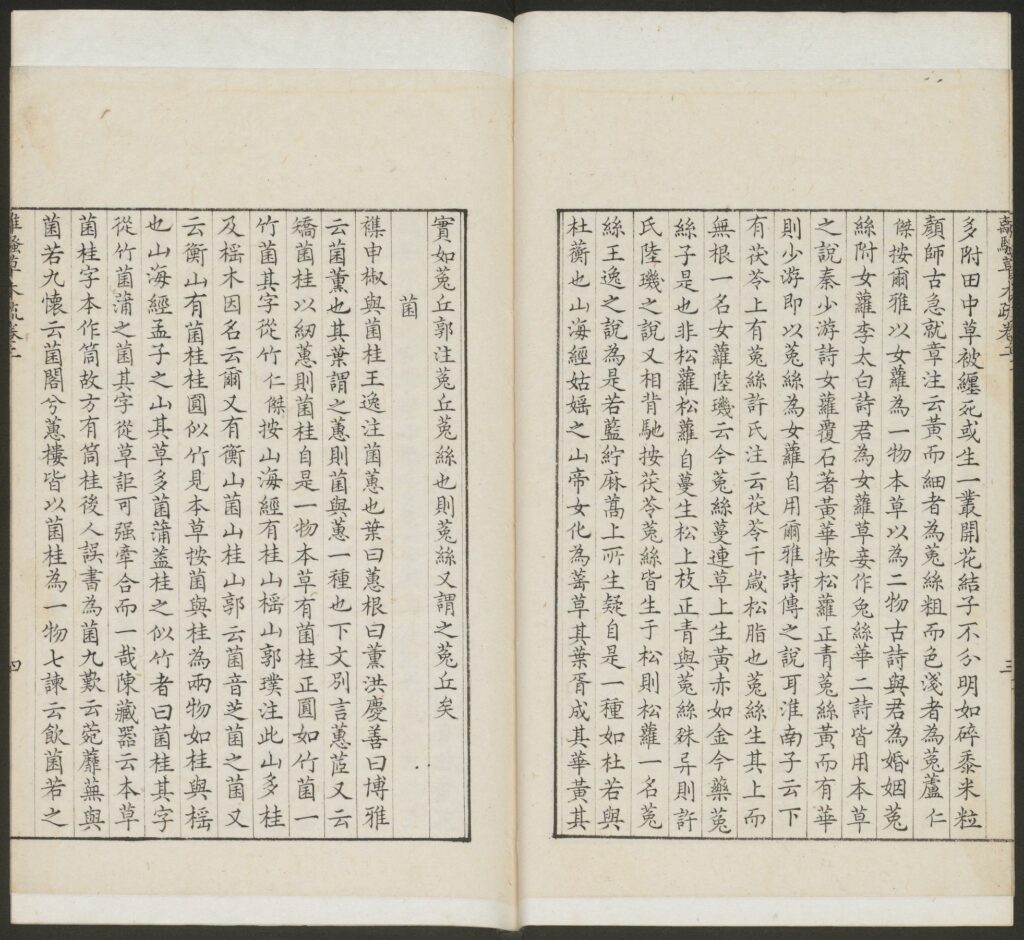


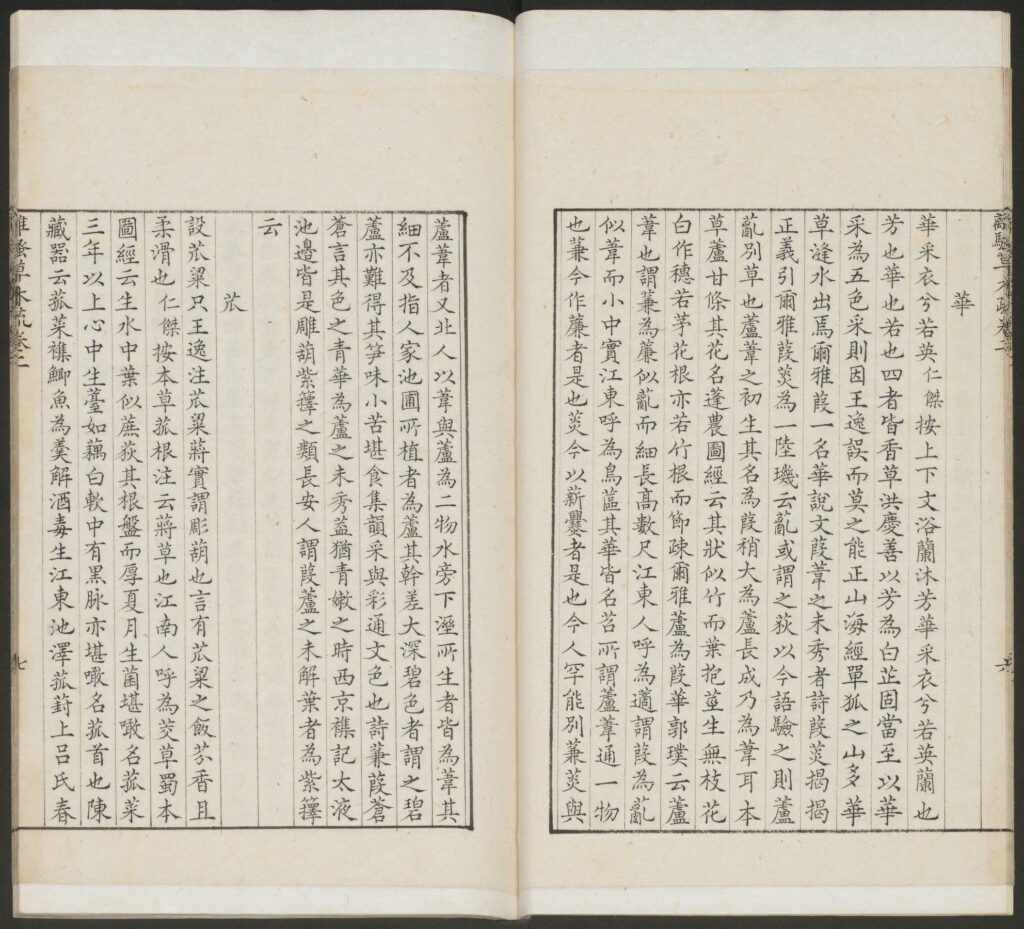
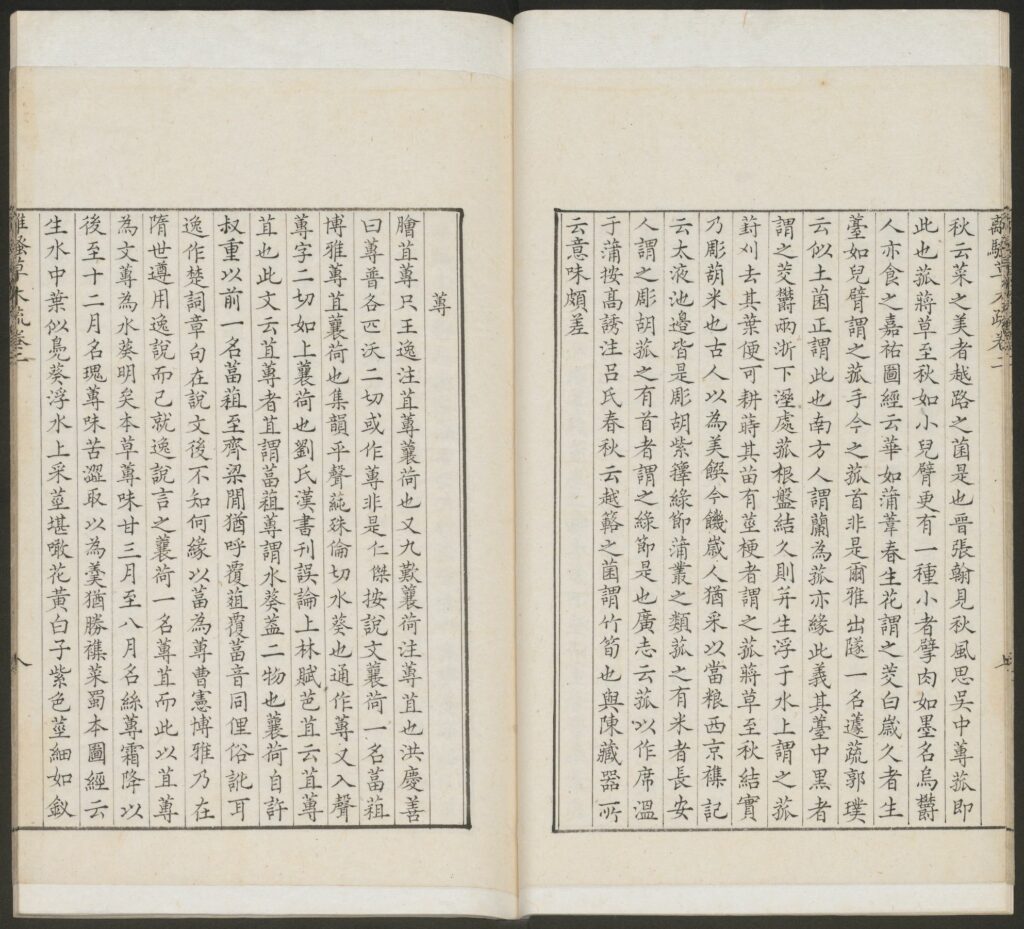






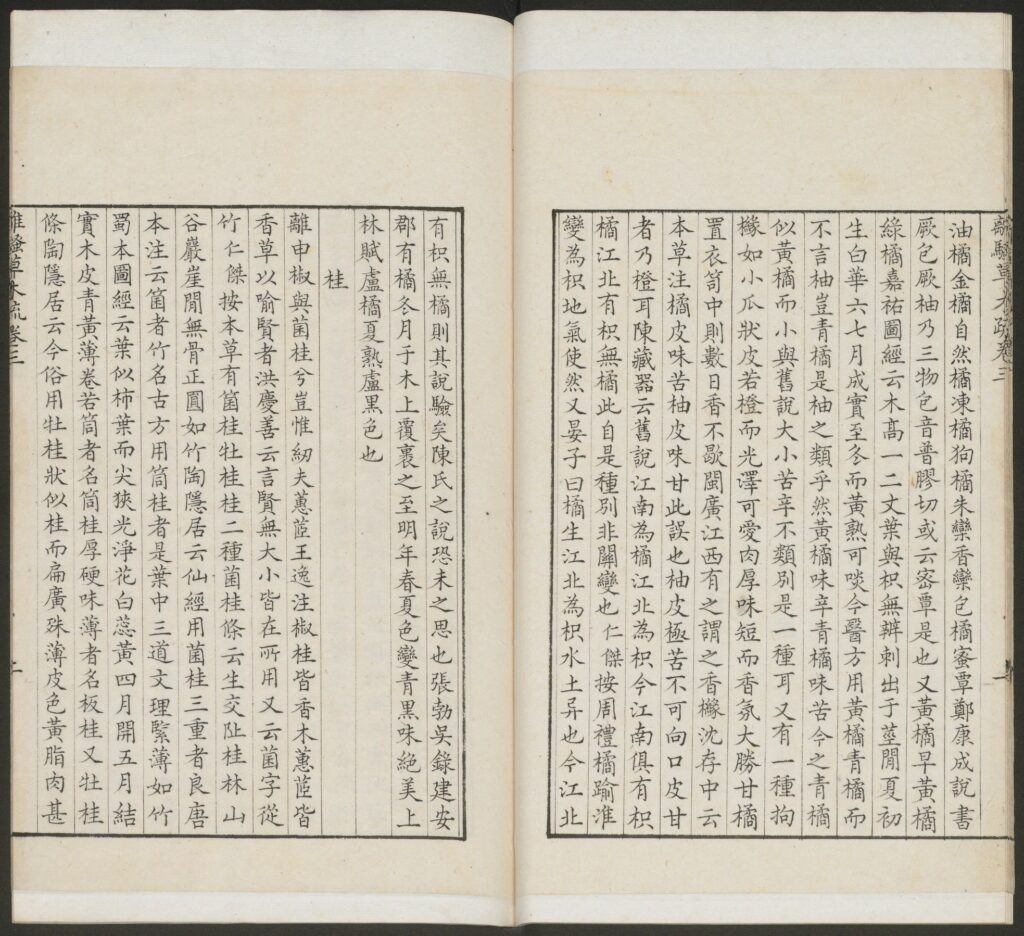

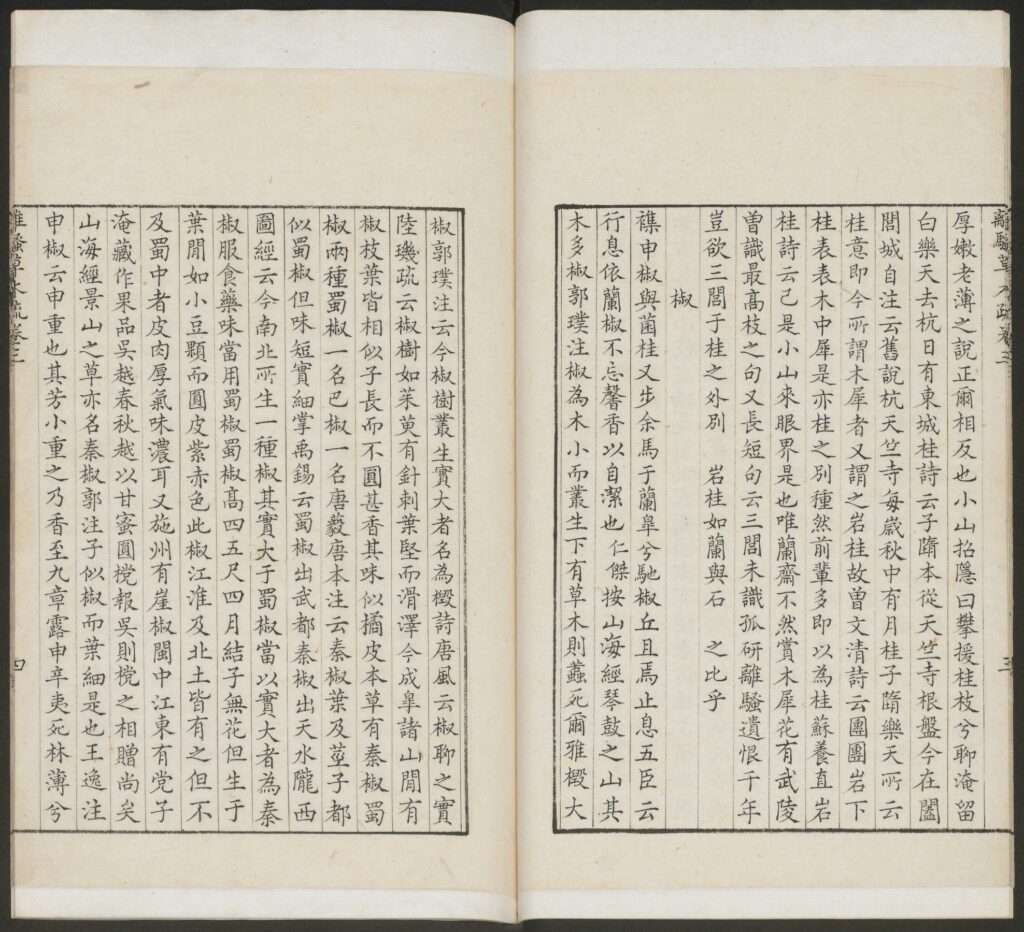
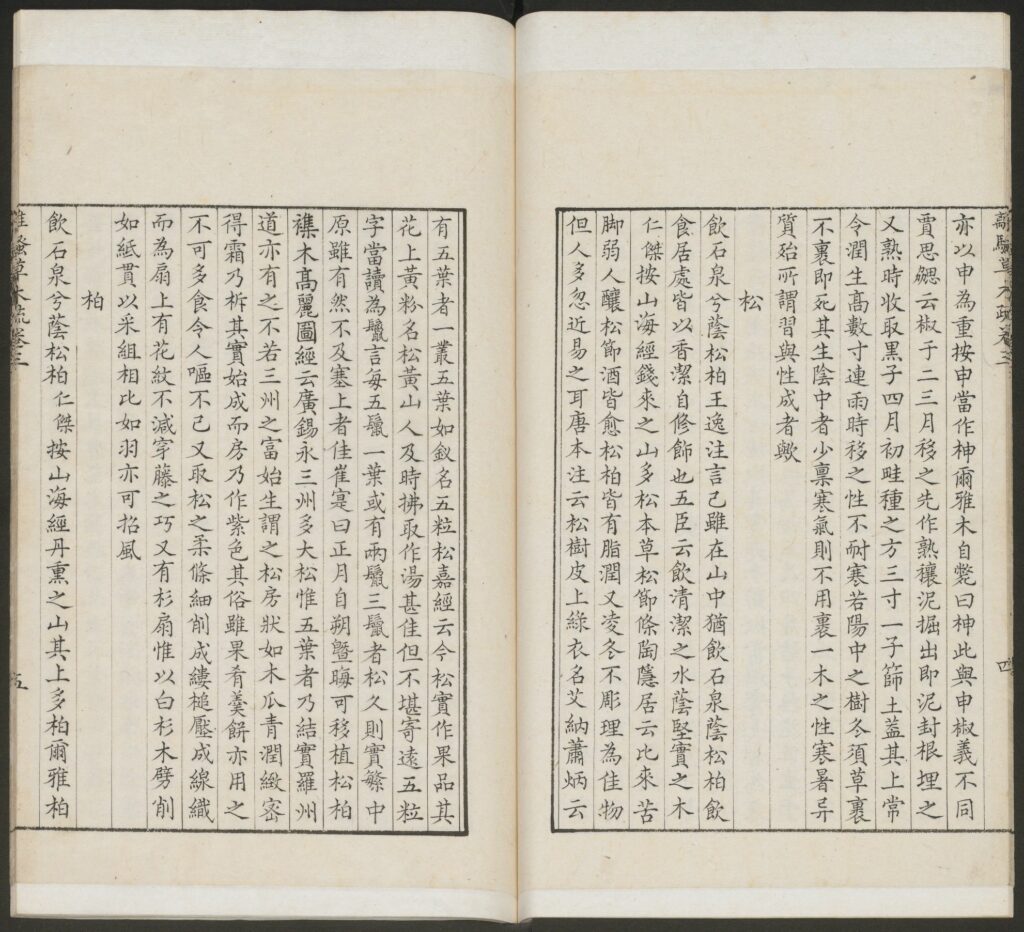
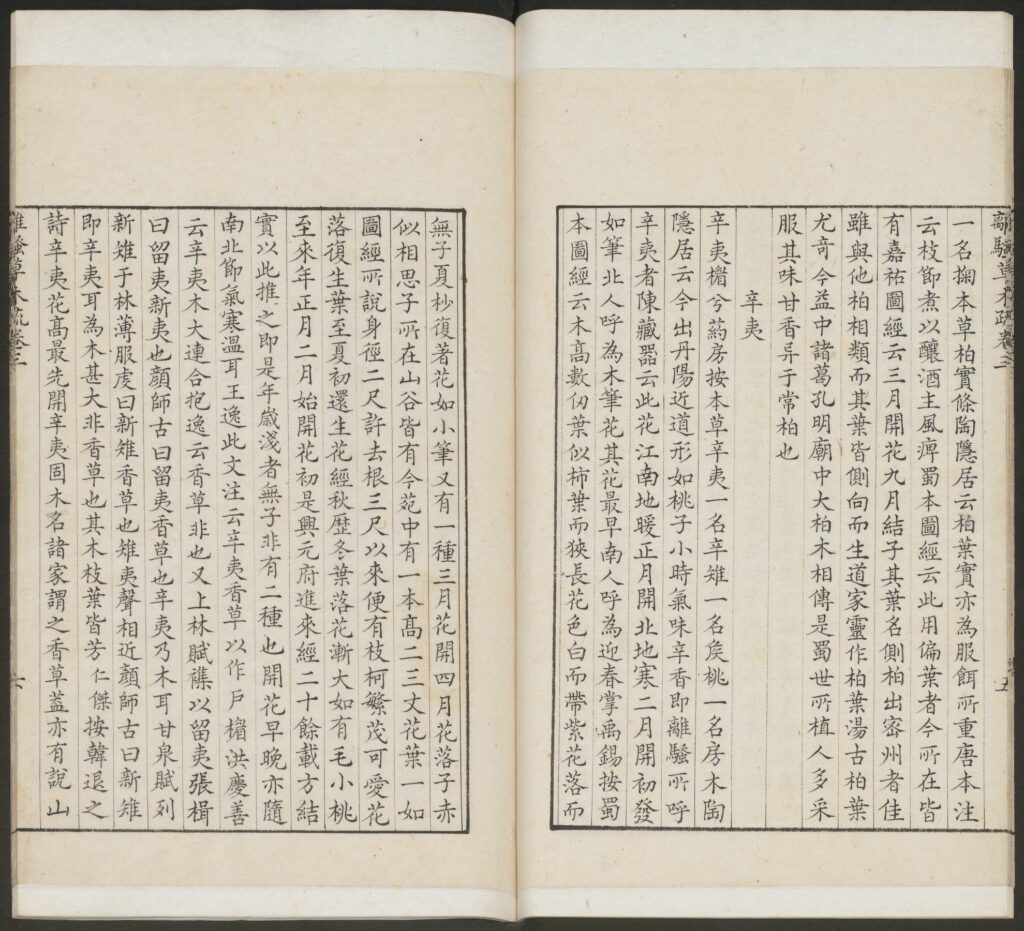

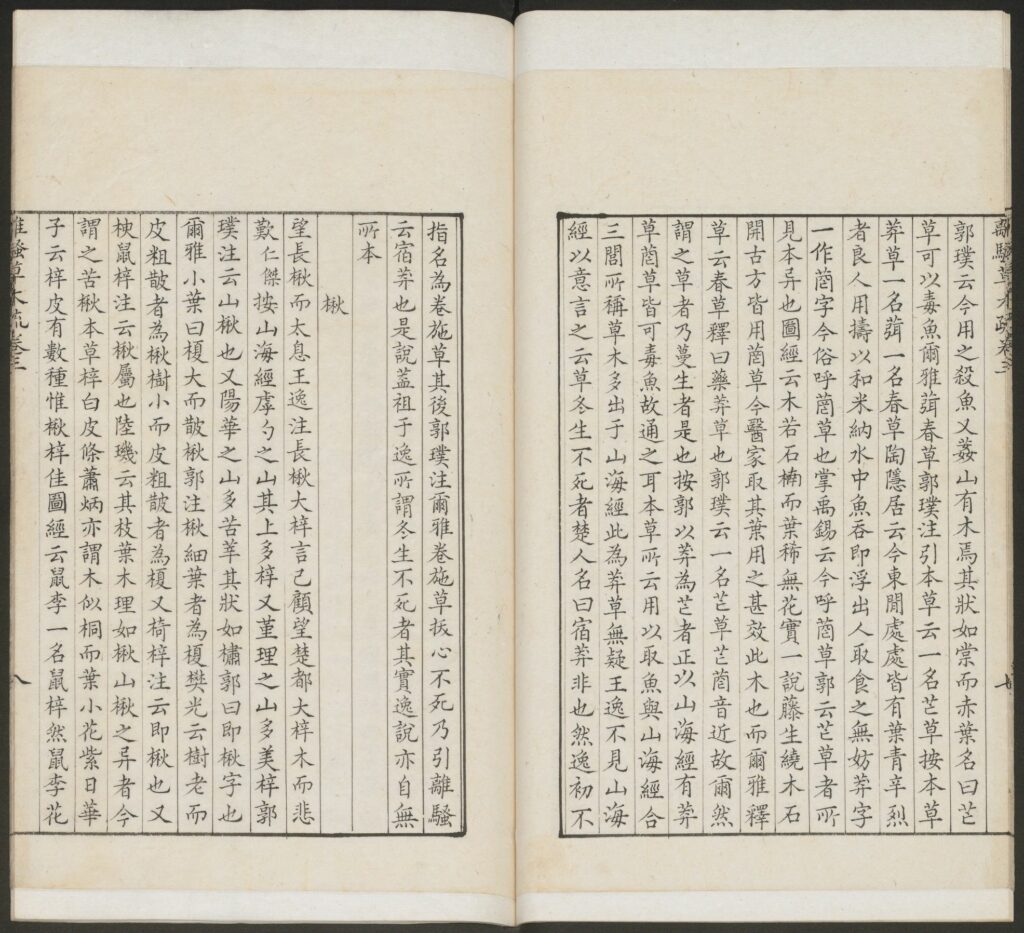
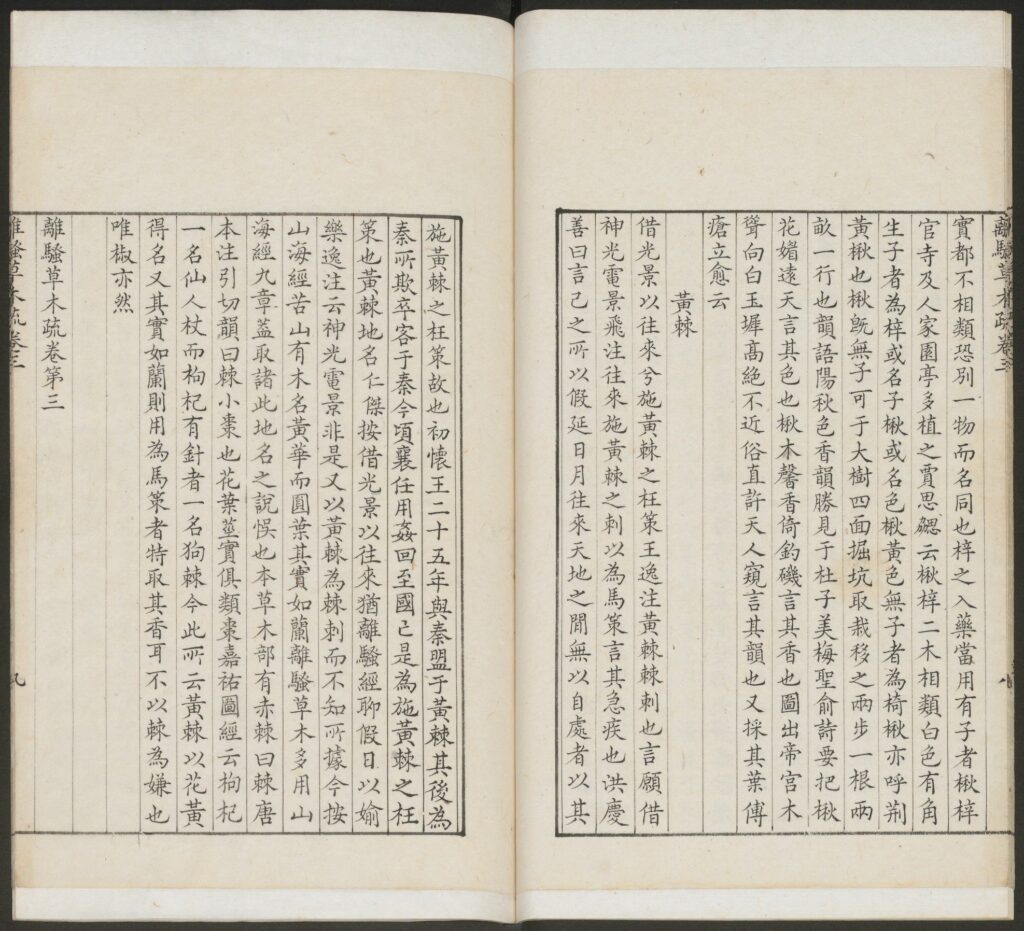
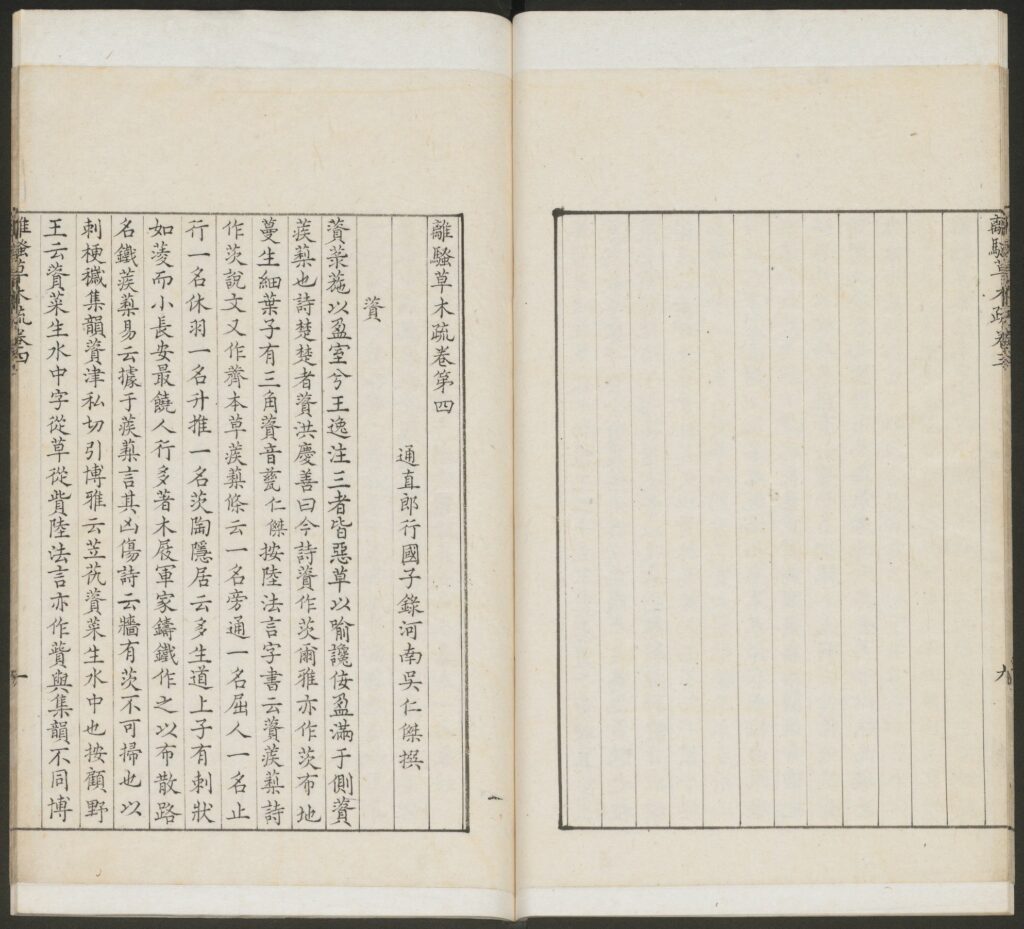
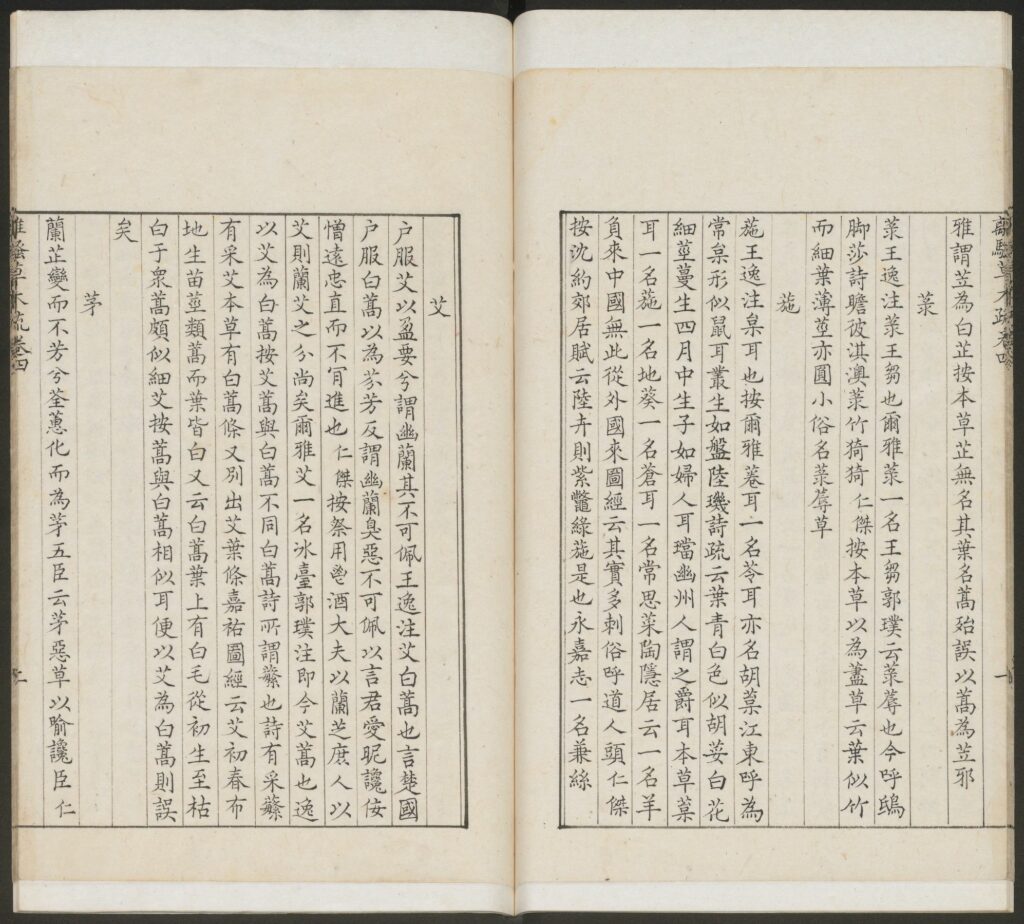
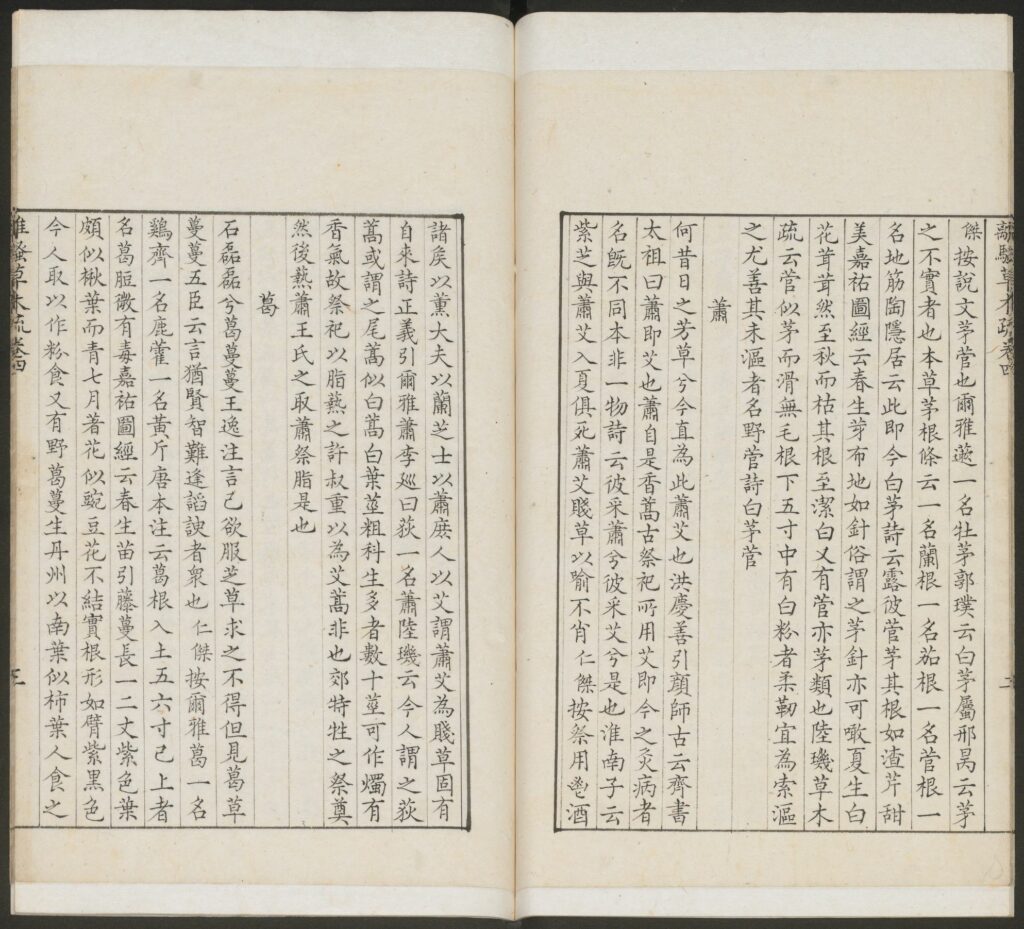

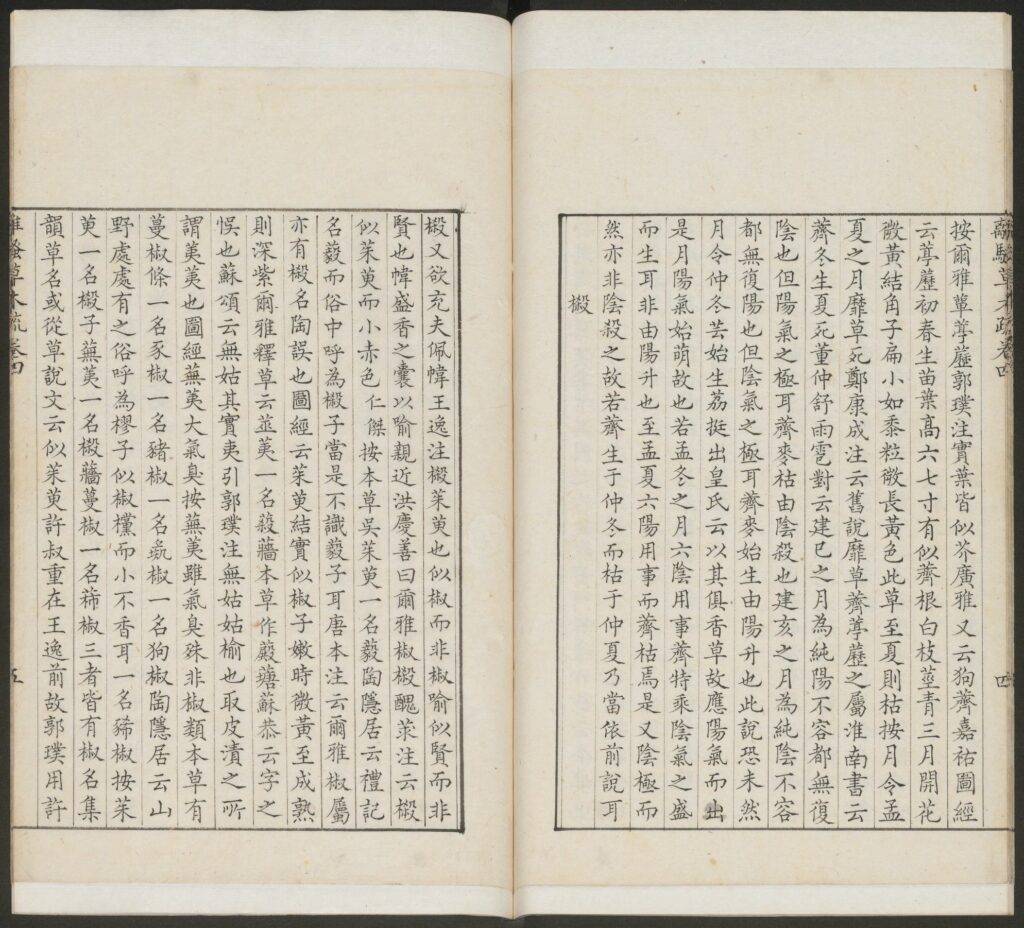
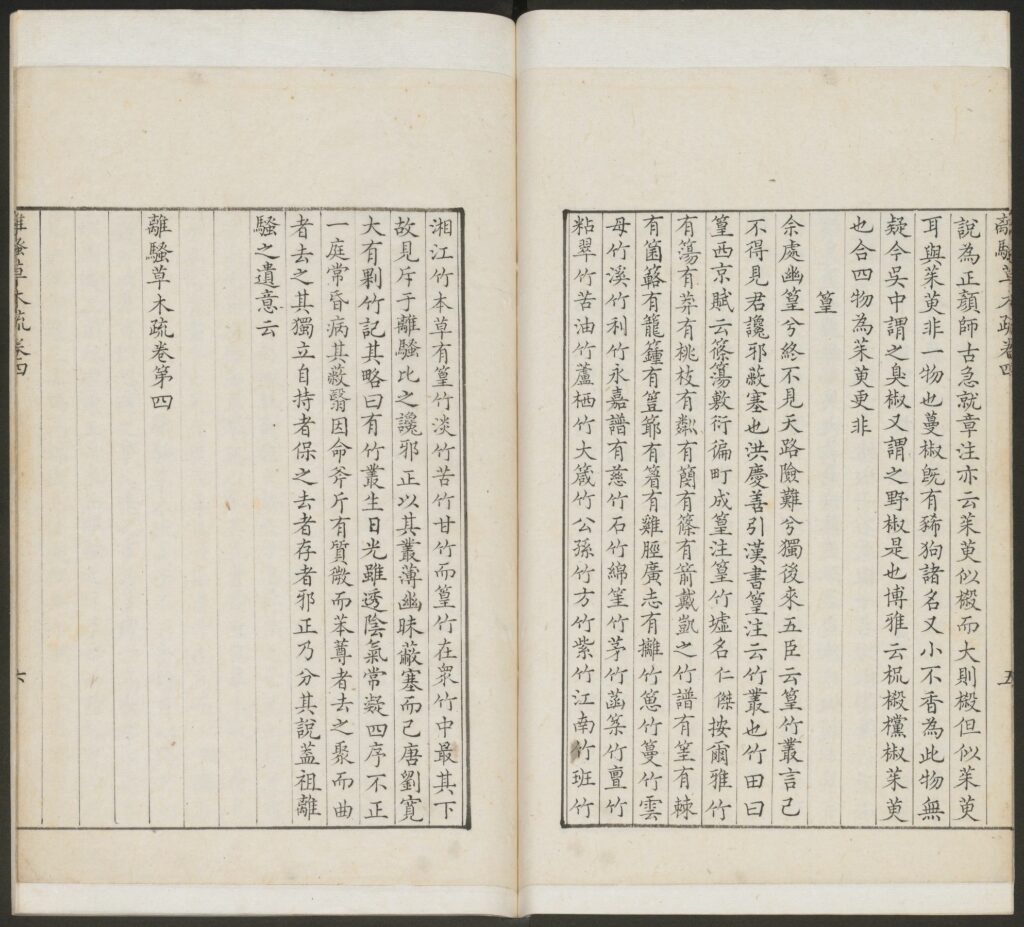
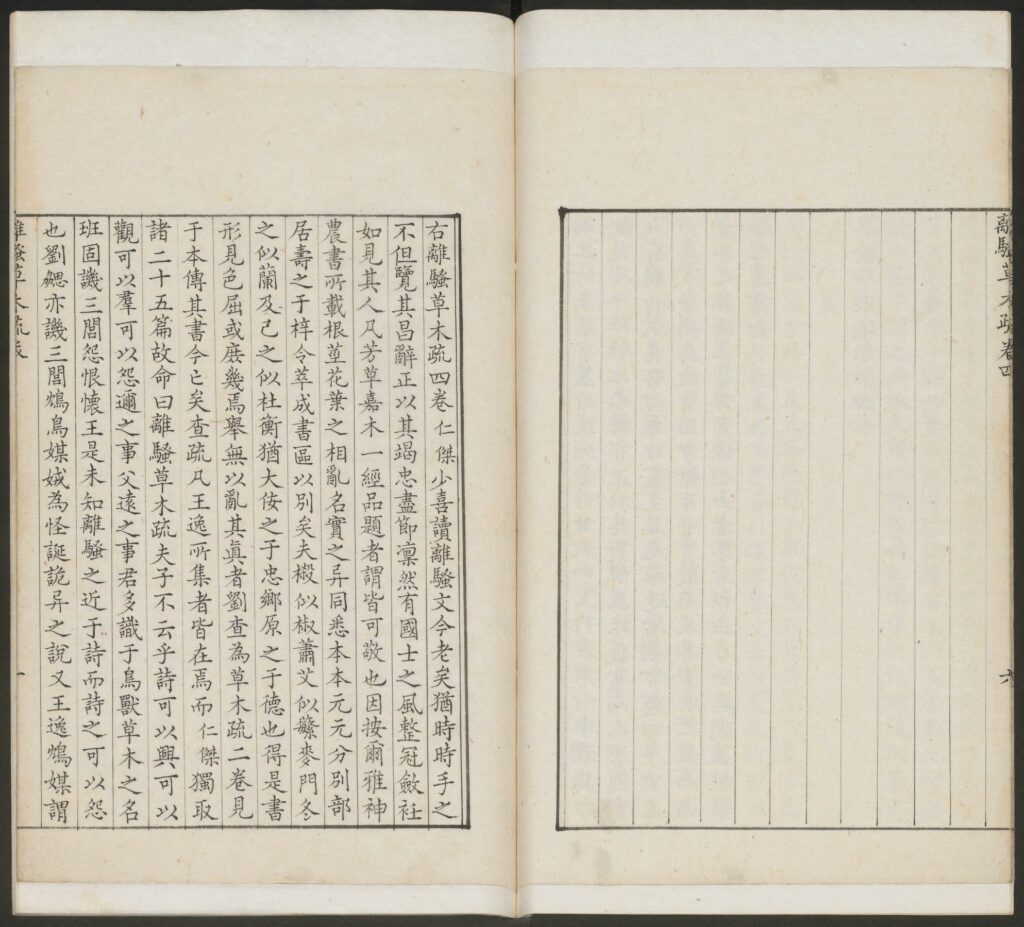
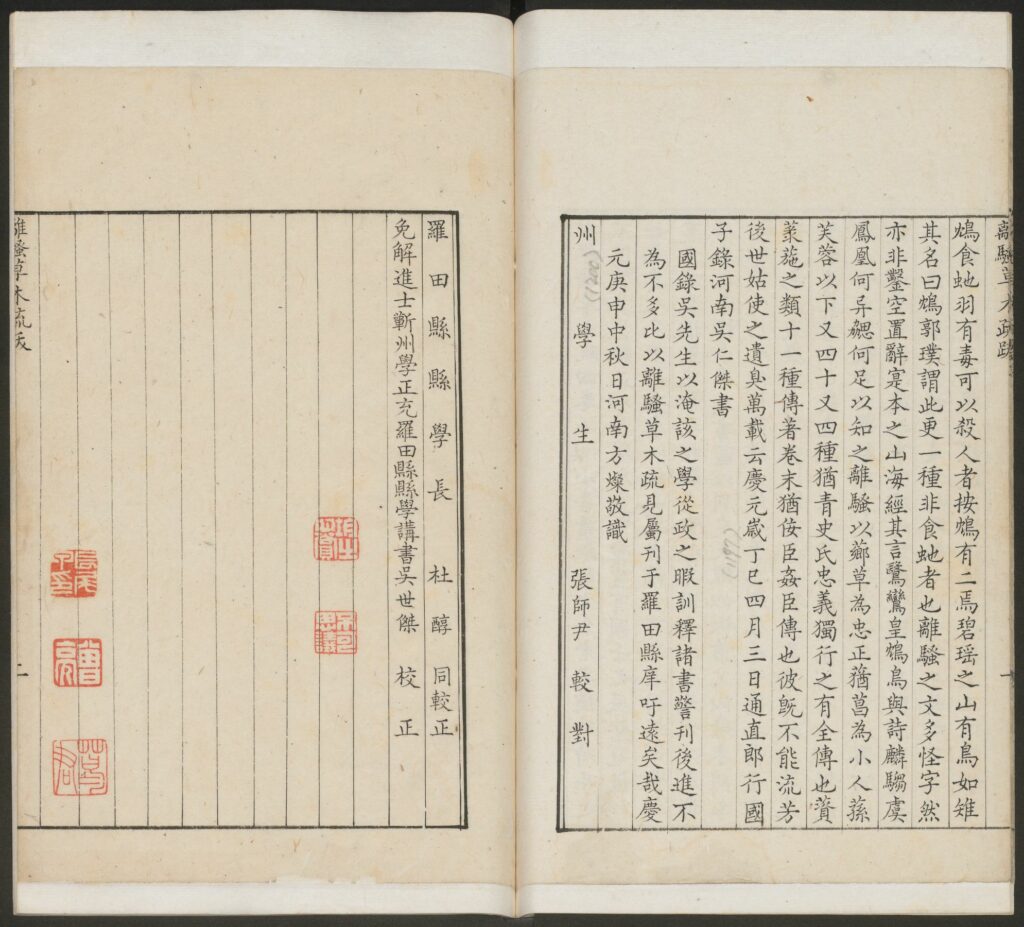

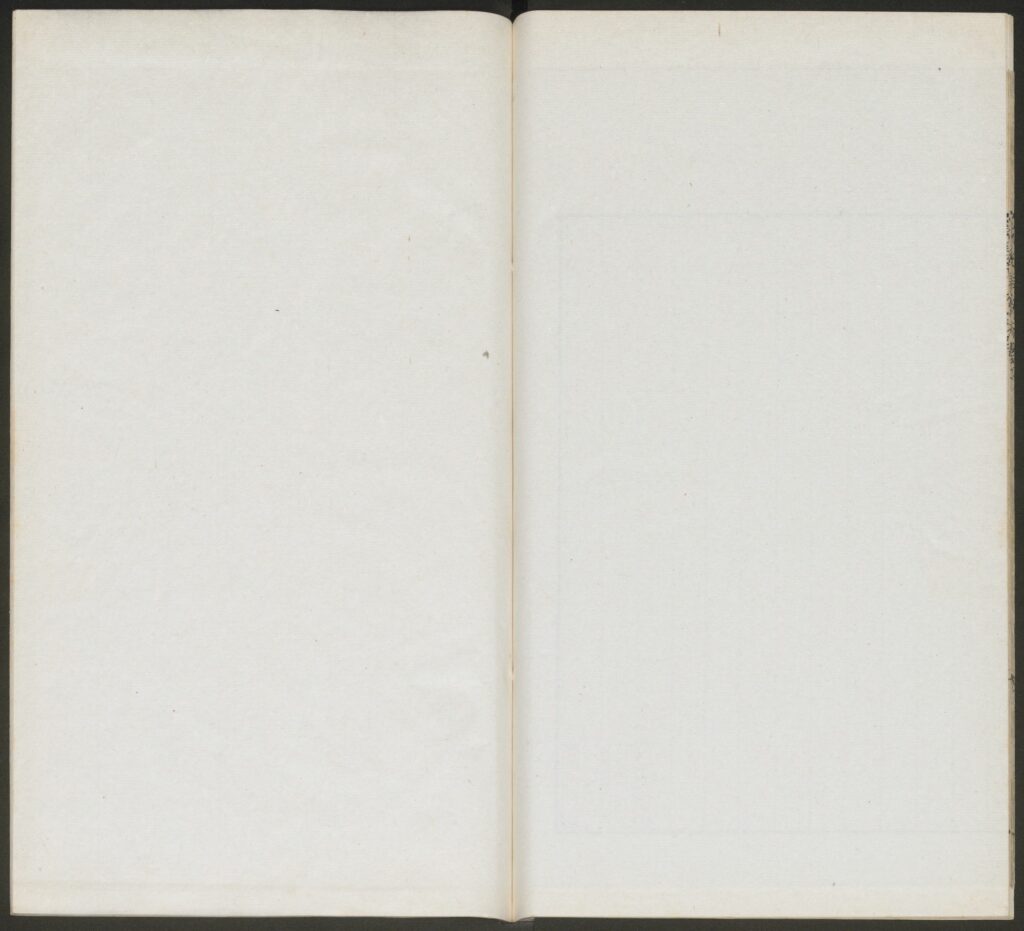

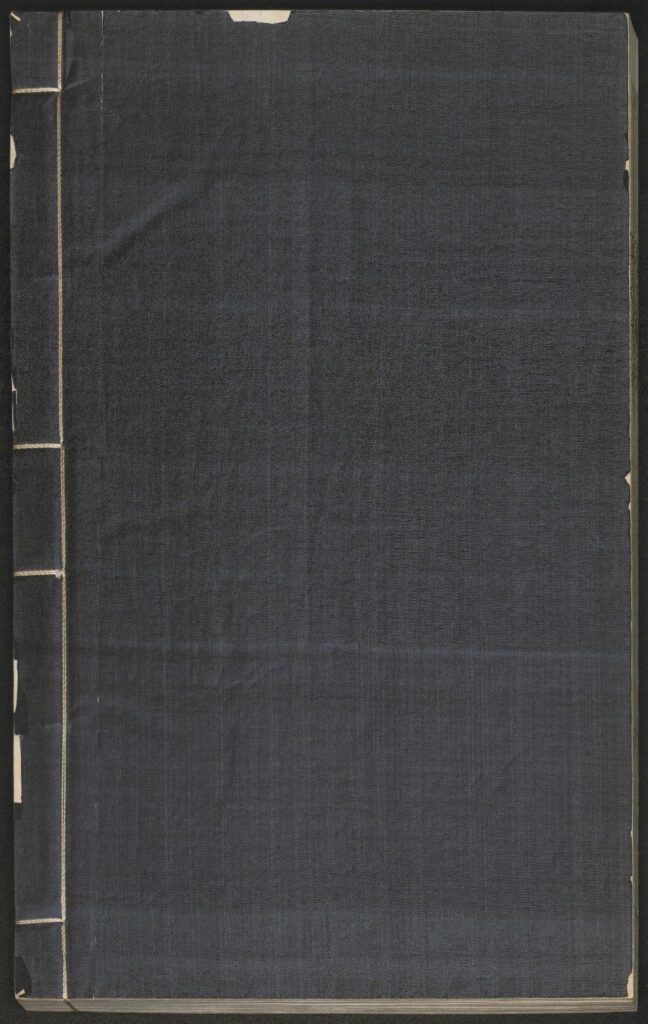
Culture文化 Masterpiece名著 52P 离骚草木疏.四卷.宋吴仁杰撰.汲古阁.毛氏图史子孙永保之精钞本
历史上的今天 ( 27 ):
- 2022年-09月-01日:SEGA:特警枪神2-md
- 2022年-09月-01日:SEGA:神枪特警-md
- 2022年-09月-01日:SEGA:自杀小队:战胜正义联盟-md
- 2022年-09月-01日:SEGA:战斗原始人-md
- 2022年-09月-01日:Video视频:抗疫之歌,很好听
- 2022年-09月-01日:Video视频:肉食动物与素食者大战
- 2022年-09月-01日:Video视频:东北人,唠嗑有一套
- 2022年-09月-01日:Video视频:为什么要逃婚,小阿三
- 2022年-09月-01日:Video视频:灰常可爱的卡通妹子
- 2022年-09月-01日:Video视频:卡通越来越漂亮,喜欢
- 2022年-09月-01日:Video视频:马保国的舞蹈,不错
- 2022年-09月-01日:Video视频:上班在干啥?看片?
- 2022年-09月-01日:Video视频:Cosplay还是需要点资本的
- 2022年-09月-01日:Video视频:妹子很清纯,很漂亮
- 2022年-09月-01日:Video视频:外面流行把脸p这样?
- 2022年-09月-01日:Video视频:夜场很不错,春光美
- 2022年-09月-01日:Region地理:湖南凤凰古城 (70P)
- 2022年-09月-01日:Region地理:桂林山水甲天下 (102P)
- 2022年-09月-01日:Region地理:格里莫港蔚蓝海岸 (7P)
- 2022年-09月-01日:Region地理:法国巴黎圣母院 (9P)
- 2022年-09月-01日:Video视频:离奇的火灾,已解之谜
- 2022年-09月-01日:Radio收音机:伊犁广播电视台交通音乐广播FM105.9
- 2022年-09月-01日:Radio收音机:伊犁广播电视台经济广播FM89.1
- 2022年-09月-01日:Radio收音机:阿克苏汉语综合广播FM94
- 2022年-09月-01日:Radio收音机:1021车生活
- 2022年-09月-01日:News新闻:9月1日,星期四,在这里每天60秒读懂世界! (1P)
- 2022年-09月-01日:Military军武:全球特种武器TOP精选(珍藏版) (281P)
可点 ➠ 2023年-09月-01日 ➠ 53 s ➠ ♥ 0

